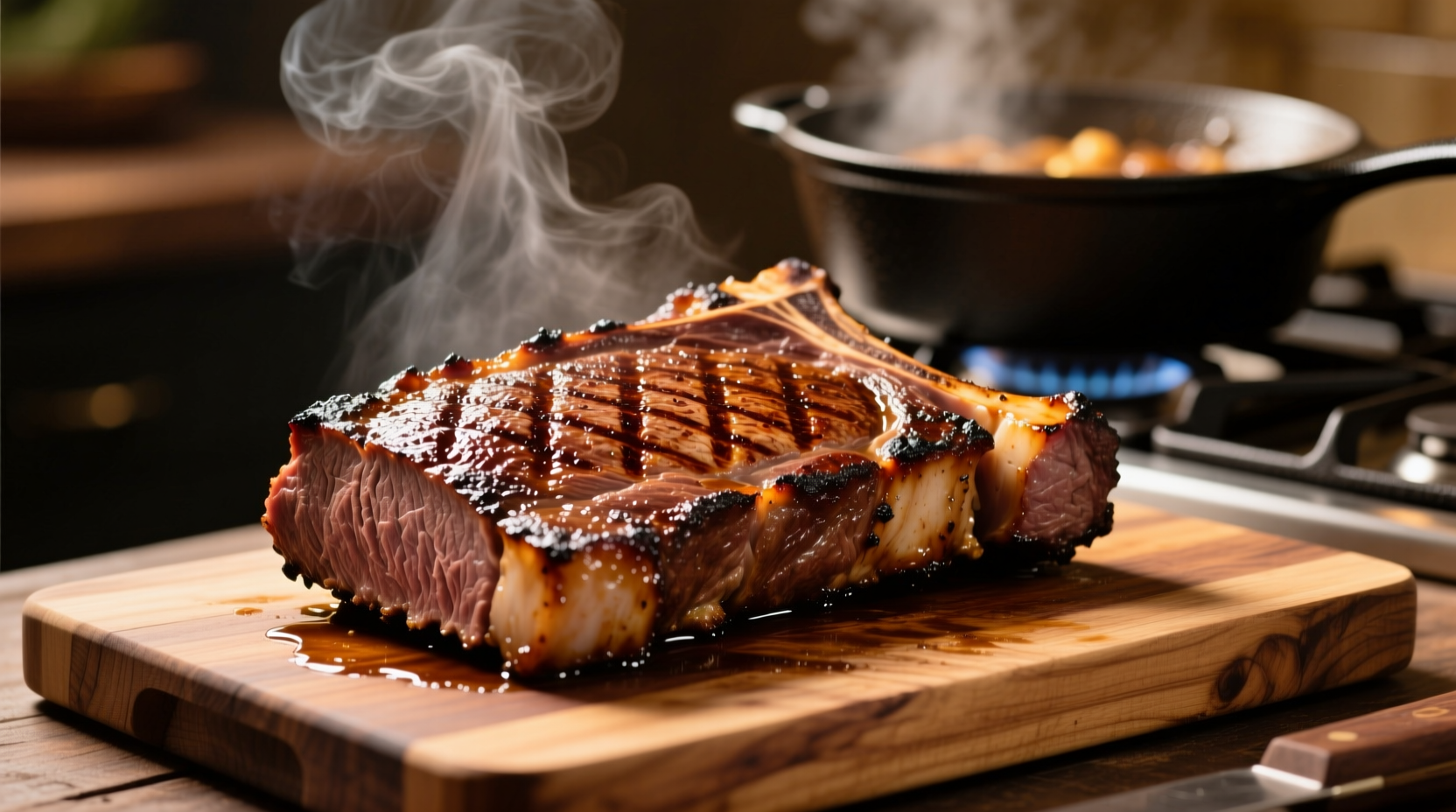Master the Art of Slow-Cooked Roast Beef
Slow cooking roast beef transforms tougher, more affordable cuts into succulent, melt-in-your-mouth perfection with minimal hands-on time. Unlike traditional oven roasting that requires constant monitoring, the crock pot's gentle, consistent heat breaks down connective tissues while locking in moisture—resulting in consistently tender meat that's perfect for family dinners or meal prep. Professional chefs favor this method because it delivers restaurant-quality results without requiring advanced cooking skills.Essential Tools and Setup
Before you begin, gather these critical items:
- 6-7 quart oval slow cooker (matches roast shape better than round)
- Meat thermometer (instant-read recommended)
- Cast iron or heavy-bottomed skillet for searing
- Chef's knife and cutting board
- Measuring cups and spoons

Selecting the Perfect Cut
Not all beef works equally well for slow cooking. Understanding meat science helps you choose wisely:
| Cut of Beef | Fat Content | Connective Tissue | Best For Slow Cooking? |
|---|---|---|---|
| Chuck Roast | High (marbling) | Abundant collagen | ★★★★★ Ideal - becomes fork-tender |
| Rump Roast | Moderate | Moderate | ★★★★ Good - slightly leaner option |
| Sirloin Tip | Low | Minimal | ★★☆ Can become dry if overcooked |
| Ribeye | Very High | Low | ★☆☆ Too expensive and fatty for slow cooking |
Chuck roast reigns supreme for crock pot cooking due to its abundant marbling and connective tissue that transforms into gelatin during the long cooking process. According to USDA meat science research, cuts with 20-30% fat content yield optimal tenderness when slow-cooked at temperatures between 190-205°F (88-96°C).
Preparation: The Secret to Flavor Depth
Skip this step and you'll miss out on complex flavors. Professional chefs universally recommend:
- Dry the surface - Pat roast thoroughly with paper towels (moisture prevents proper searing)
- Season generously - Use 1 tsp kosher salt and ½ tsp black pepper per pound of meat
- Sear properly - Heat 1 tbsp oil in skillet over medium-high until shimmering, then sear all sides for 3-4 minutes per side until deep brown crust forms
- Cool slightly - Let roast rest 5 minutes before placing in slow cooker
This Maillard reaction creates hundreds of flavor compounds that simmering alone cannot achieve. Food science studies confirm seared meats develop up to 30% more complex flavor molecules than unseared counterparts.
Optimal Cooking Process
Follow this precise method for guaranteed success:
Layering Ingredients
- Place 1 cup of liquid in slow cooker bottom (beef broth, red wine, or water with 2 tbsp Worcestershire sauce)
- Add aromatics: 1 chopped onion, 3 minced garlic cloves, 2 chopped carrots
- Position seared roast on top of vegetables
- Add additional seasonings: 1 tsp dried thyme, 2 bay leaves, ½ tsp rosemary
Cooking Times and Temperatures
These timeframes apply to a standard 3-4 pound roast:
- Low setting: 8-10 hours (ideal for maximum tenderness)
- High setting: 5-6 hours (acceptable when time-constrained)
Never cook on high for the entire duration—this can make meat tough. The USDA Food Safety and Inspection Service recommends cooking beef roasts to a minimum internal temperature of 145°F (63°C), but for slow cooking, aim for 195-205°F (90-96°C) to properly break down collagen.
Troubleshooting Common Issues
Even experienced cooks encounter these problems—here's how to fix them:
Dry or Tough Meat
Cause: Insufficient cooking time or wrong cut selection
Solution: Continue cooking in 30-minute increments until fork-tender. Always use chuck roast for best results.
Excessive Liquid
Cause: Natural meat juices plus added liquid
Solution: Remove roast, then cook liquid on high for 20-30 minutes to reduce and concentrate flavors before serving.
Lack of Flavor
Cause: Skipping sear step or insufficient seasoning
Solution: Always sear first and season meat directly (not just the cooking liquid).
Serving and Storage Tips
Maximize your results with these professional techniques:
- Rest meat for 15-20 minutes before slicing to retain juices
- Slice against the grain for maximum tenderness
- Skim excess fat from cooking liquid before serving
- Store leftovers in cooking liquid to maintain moisture
- Refrigerate for up to 4 days or freeze for 3 months
When reheating, place slices in a covered dish with 2-3 tablespoons of broth and warm at 325°F (163°C) until heated through—never microwave which dries out the meat.
When Slow Cooking Isn't Ideal
While convenient, crock pots have limitations for certain situations:
- Small roasts under 2 pounds - Cook unevenly and risk overcooking
- Special occasions requiring precise timing - Slow cookers lack precise temperature control
- When you want crispy exterior - Finish under broiler for 2-3 minutes if desired
- For rare to medium-rare doneness - Use traditional oven method instead
Food safety note: Never place frozen meat directly in a slow cooker. Thaw completely in the refrigerator first to prevent dangerous bacteria growth in the temperature danger zone (40-140°F/4-60°C).











 浙公网安备
33010002000092号
浙公网安备
33010002000092号 浙B2-20120091-4
浙B2-20120091-4